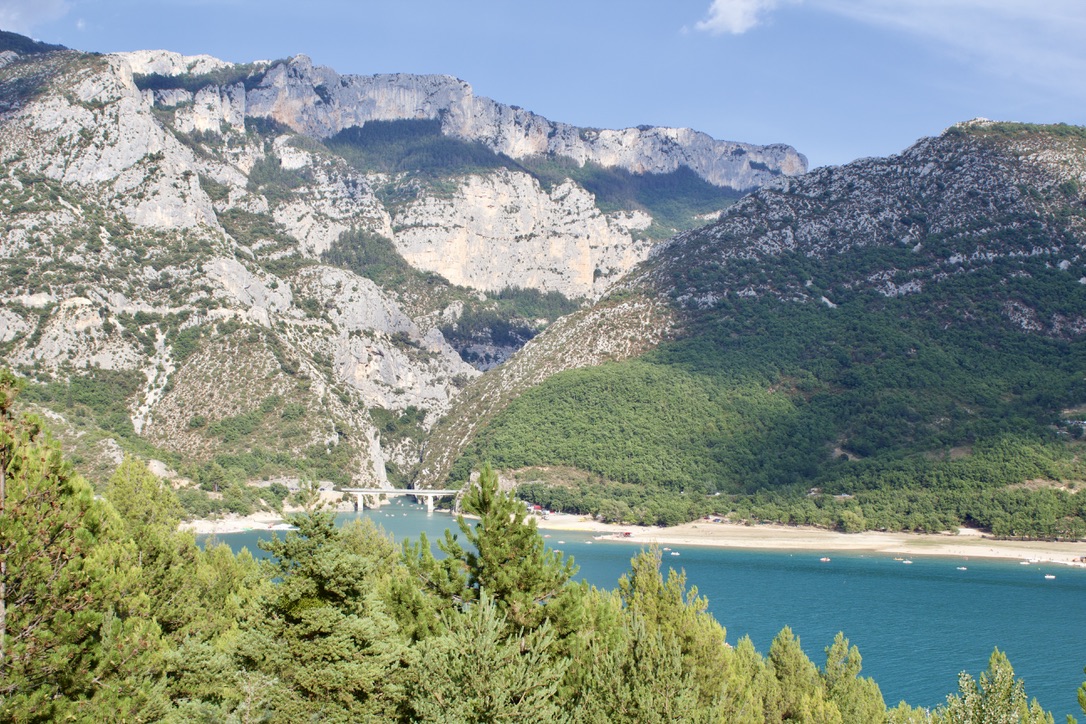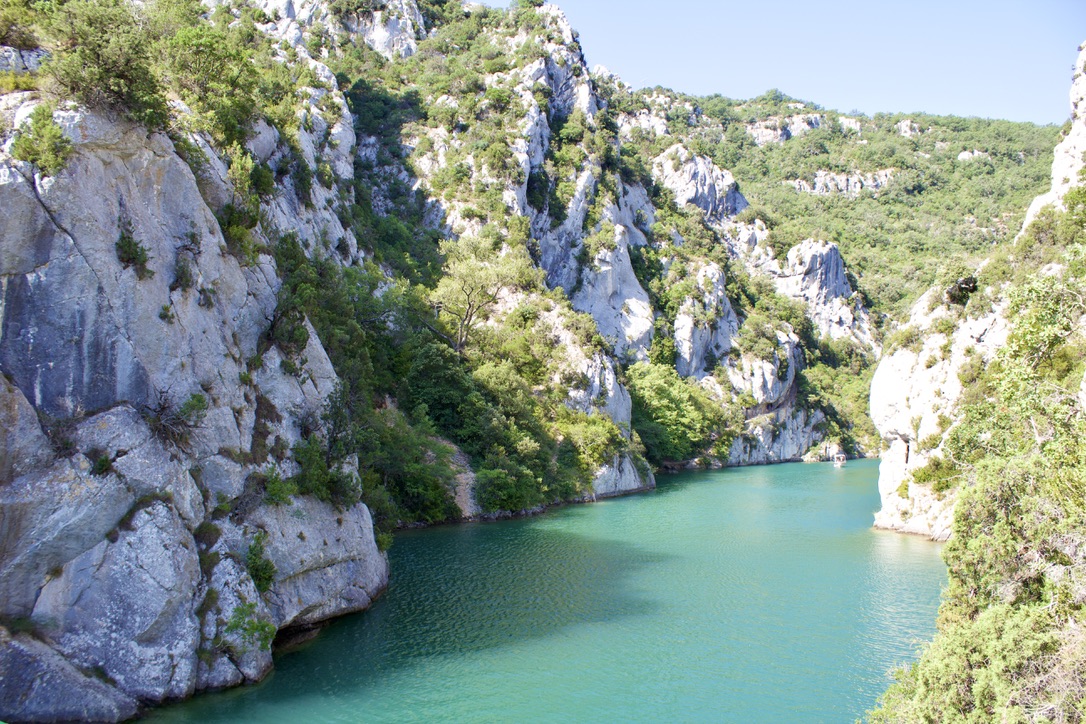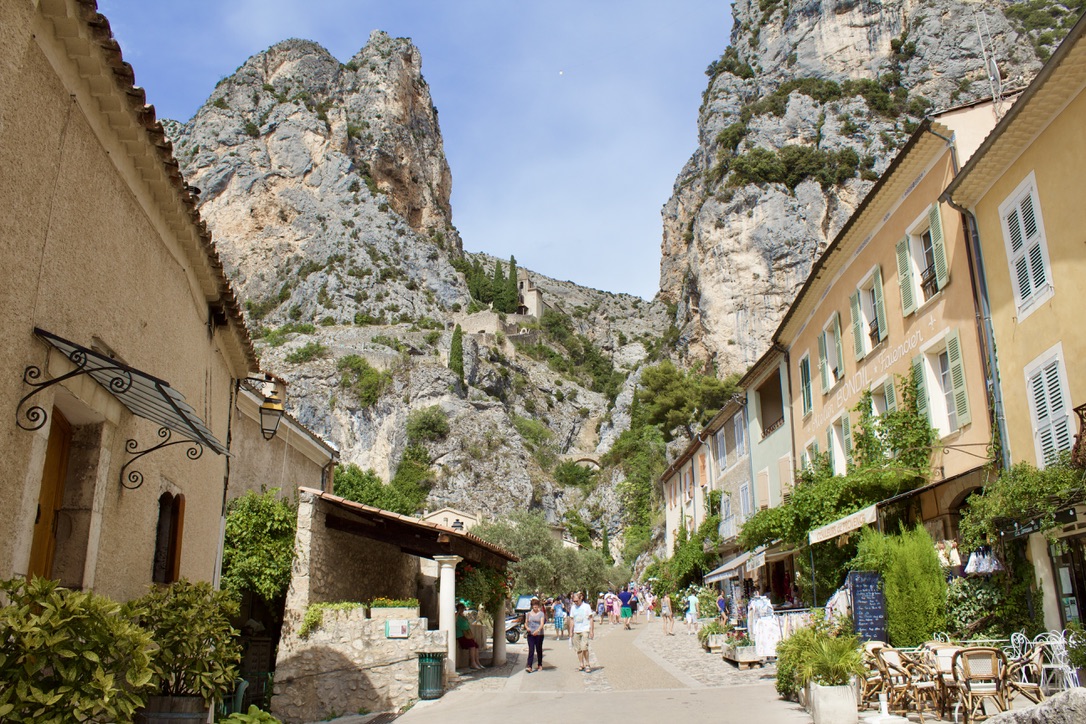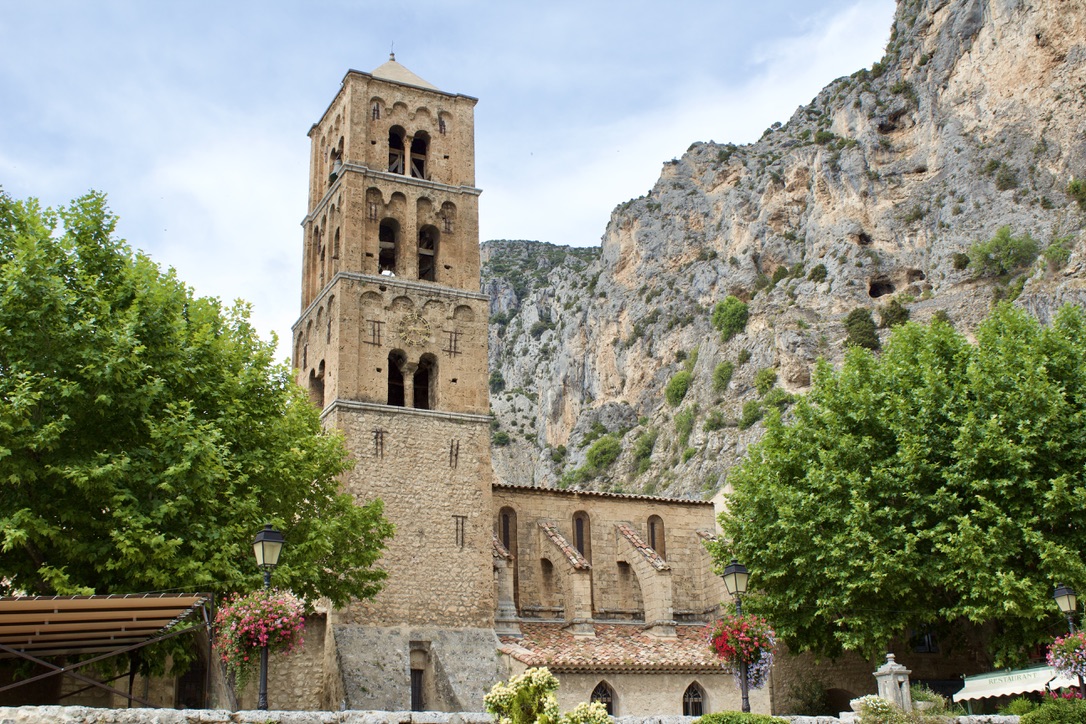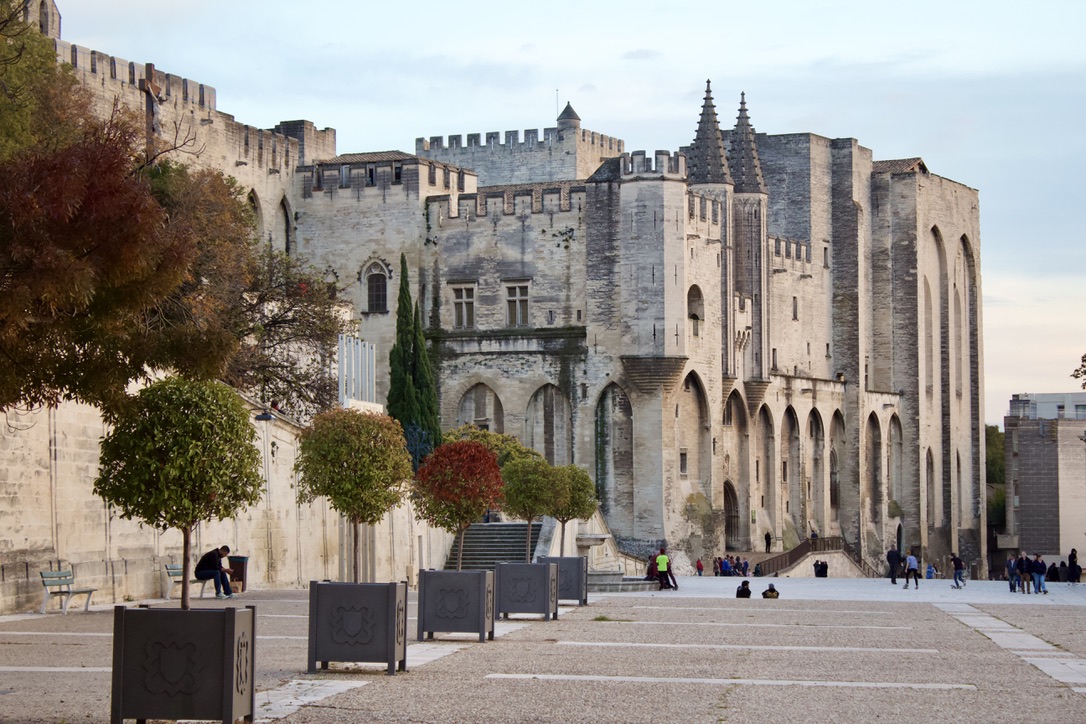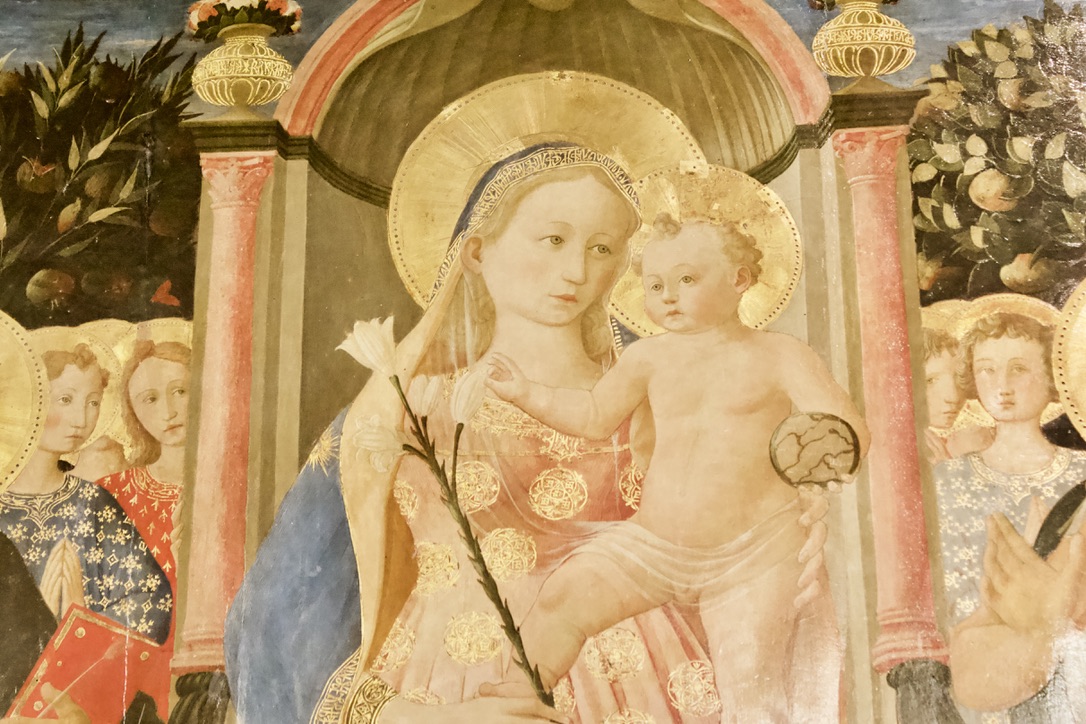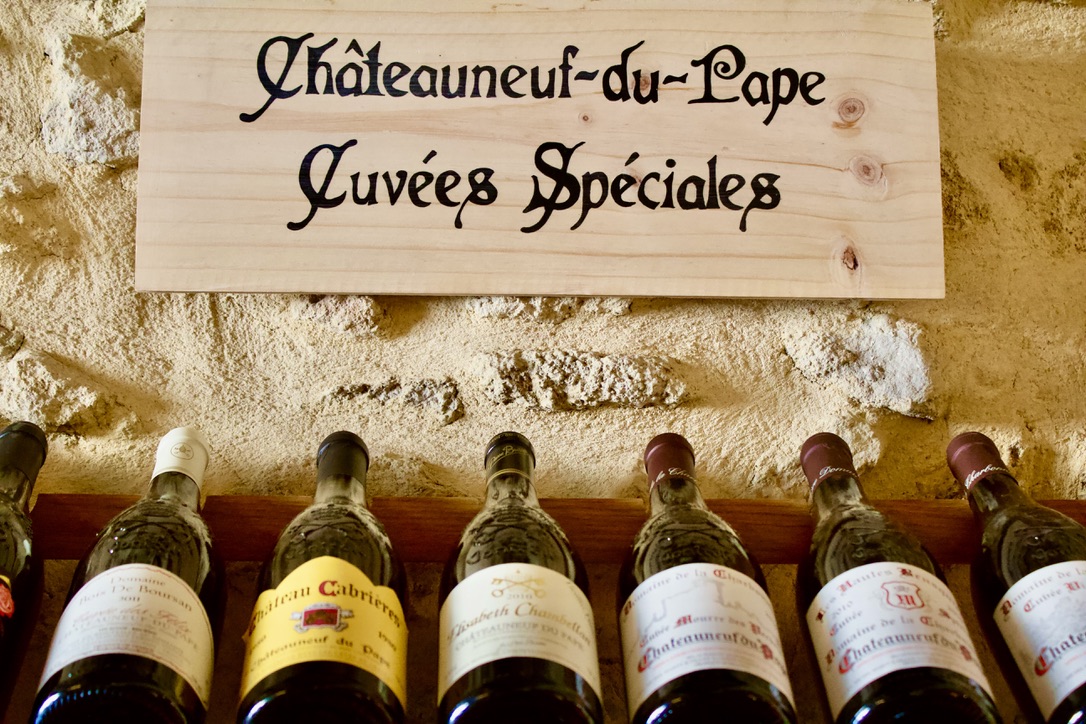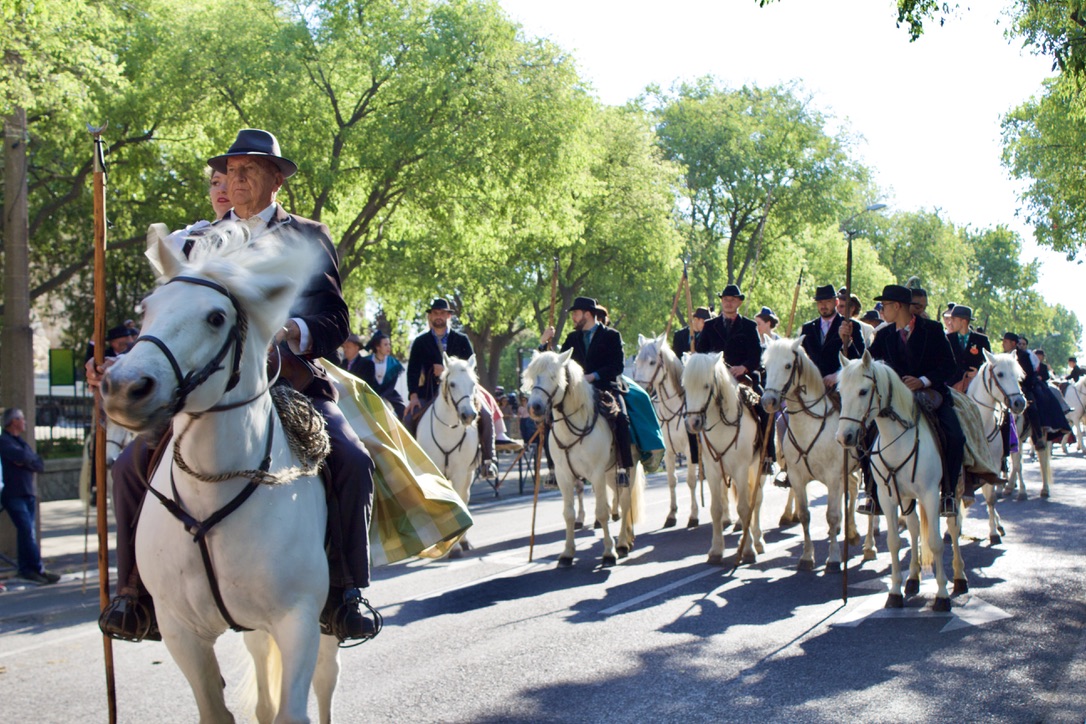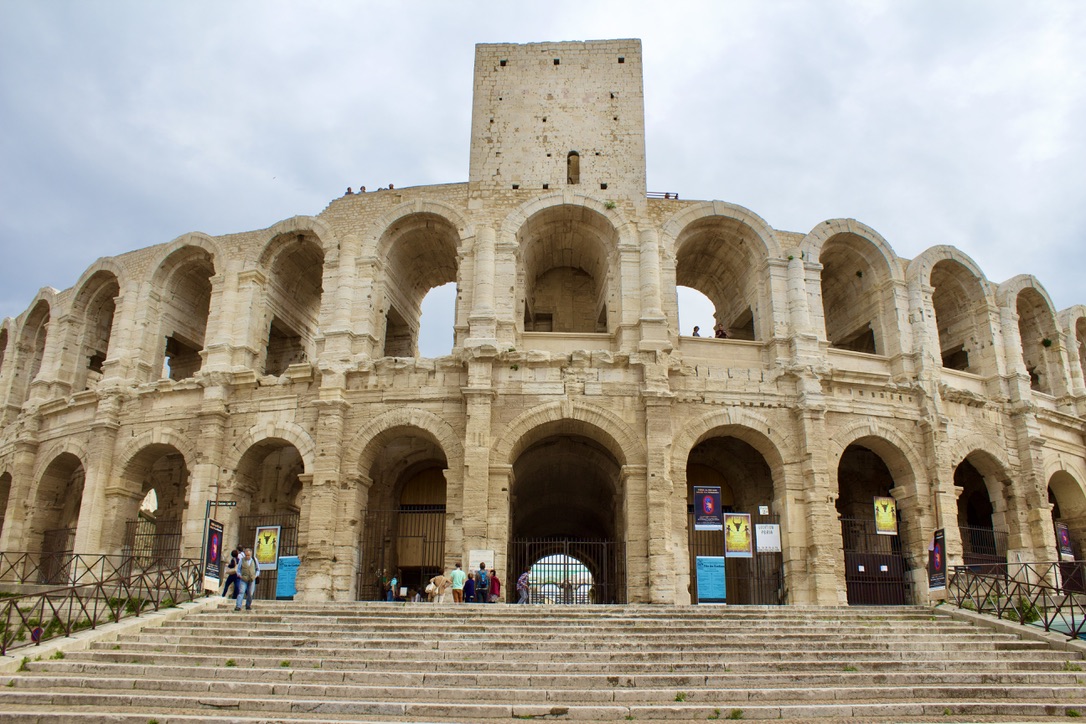TARASCON: TARASQUE, KING RENÉ AND TARTARIN
Tarascon is located 20 kilometers from Arles in the department of Bouches-du-Rhône, within the Provence-Alpes-Côte d'Azur region. Known primarily as the town of King René, Tarascon has a rich historical, architectural and cultural heritage which dates from the Medieval and Renaissance periods. In fact, there are 28 historical monuments in the city and its environs that are protected by the State.

The legend of Tarasque and Saint Martha originated in this place. The town of Tarascon is also the home of Tartarin, a fictional local hero made famous by Alphonse Daudet by his novels “Tartarin from Tarascon”, “Tartarin in the Alps”, and “Port Tarascon.”
SAINT MARTHA AND TARASQUE IN THE HISTORY OF TARASCON
The history of the Tarascon is closely linked to the legend of the Tarasque, a mythical monster native to the region, and Saint Martha, an early Christian missionary.
A statue of the stone Tarasque (2008) is located to the left of the entrance of the castle and in front of the church of Saint Martha. Two statues were created to glorify Saint Martha, patron saint of town : one is situated in the church and another adorns the façade of the town hall.
The earliest known inhabitants of Tarascon were the Salyens - a mixture of Celts and Ligurians. The Massilians also were present in and around Tarascon about three centuries before the common era. Later, the Romans built here a citadel which enabled them to closely observe the waters of the Rhone.
At this time the Christian missionary by the name of Martha arrived at Tarascon and later delivered the country of the mythical creature that terrorized the region: the Tarasque.
Following the death of the Tarasque, Martha settled among the town’s people. She became the object of particular devotion, and was revered as a holy woman. Later Saint Martha became known as the patron saint of Tarascon.
Many pilgrims and the greatest kings have gathered at her tomb over the centuries. In the year 500, Clovis, then later his successors, granted privileges to the city. Louis XI favored the church which he elevated to the rank of a Collegiate Church. King René himself created the order of the Knights of Tarasque (1474).
Up to this day, the community of Tarascon commemorates Saint Martha’s pacification of the monster Tarsque during the annual Tasasque Festival.
COLLÉGIALE SAINT-MARTHA – THE CHURCH OF SAINT-MARTHA AT TARASCON
All periods of history have left their mark on the church: its construction was initiated in 1330, it was designed mostly in the Gothic style, built upon its original Romanesque walls.
In the building as it exists today, there is a crypt considered to be one of the oldest sanctuaries in Provence, consisting of a Romanesque part of the structure built during 12th century, a Gothic wing erected during the 14th century, and a Renaissance section constructed in the 14th and 17th centuries.
The crypt conceals traces of a pre-Roman settlement dating from the 3rd or 4th century BCE and the ancient sarcophagus of Saint Martha dating from the 3rd and 4th centuries AD.
The Gothic and Renaissance parts of the structure were built over the remains of the ancient Romanesque church. What remains of the romanesque building is its portal and the walls of the southern enclosure and the northwest section encompassing the base of the bell tower. The portal is considered one of the most prominent of all such structures in all of Provence.
The bell tower, its buttressing arches, and its sacristy were built during the 15th century. Inside, a collection of religious paintings from the 16th through 18th centuries adorn this sacred and magnificent place, as does an organ whose instrumental portion dates from 1484, classified as historical monument. Occasional organ concerts are held in this place even in the present day.
The church of Saint Martha de Tarascon has been regarded as one of the most famous sanctuaries in Provence since in 1187, when relics of Saint Martha were first rediscovered.
TARASCON IN MIDDLE AGES: ABBEY OF SAINT-MICHEL DE FRIGOLET
Located 10 km from the castle of Tarascon, the Abbey of Saint Michel of Frigolet, 12th-century historical monument, is nestled in the heart of the Montagnette.
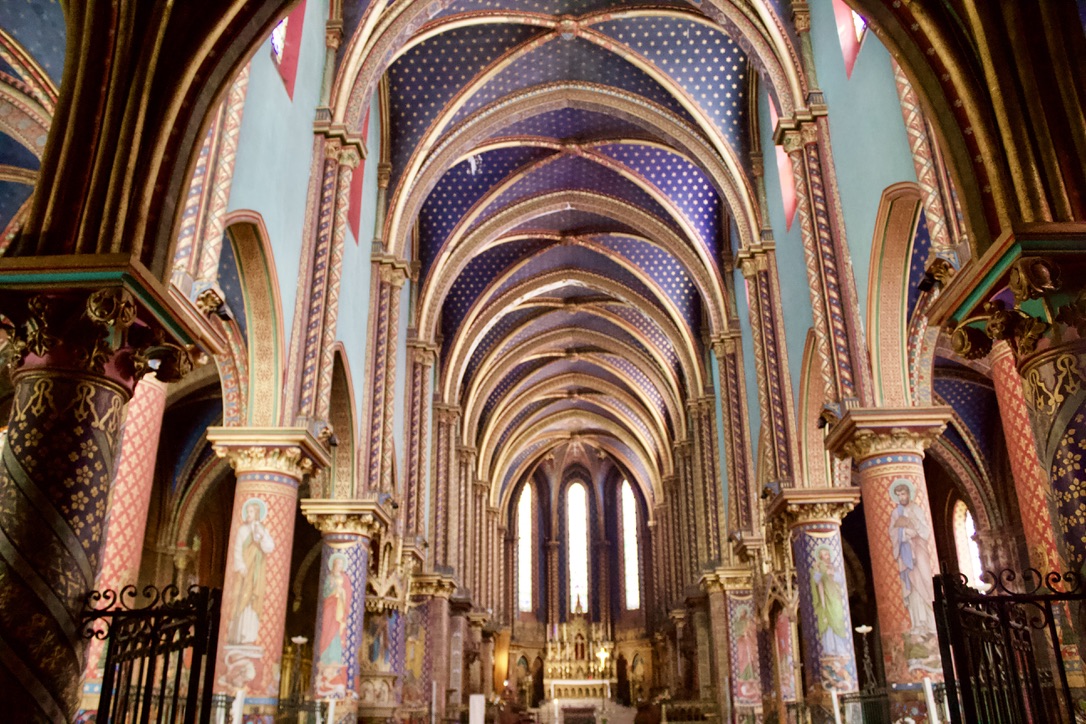
Founded by the monks of Montmajour, the Abbey of Saint-Michel de Frigolet was designed in the Romanesque Provençal style. At the height of its influence, there were 13 canons and 15 lay brothers resident at the abbey and working its fields and producing wares for sale throughout the surrounding towns and villages.
Dating from this period, the current heart of the monastery remains: the cloister of the beginning of the XIIth century and the church of Saint-Michel of the XIIth century as well as the small chapel of Our Lady of Good Remedy from the XIth century then called Our Lady of Frigolet. Over the centuries, the monestery has become a pilgrimage destination for the faithful from all over the world.
In the year 1316, the religious community of Frigolet was consolidated with that of the cathedral at Avignon. Twelve canons resided in the monastery at the time. One part of the community was assigned to the church of Sainte-Marthe de Tarascon, then regarded as a property of the cathedral at Avignon. The prior of Frigolet was designated as the dean of Saint-Martha.
When, in 1482, the King of France Louis XI founded the Collegiate of Sainte-Marthe in the place of the priory, the Prior of Frigolet received the title of Dean of Saint-Martha. Shortly thereafter, the monastery was abandoned and remained unoccupied until 1635, when religious Hieronymites took over the site. Religious life there upon resumed at Saint Michel de Frigolet.
In the 17th century the choir of the church of Saint-Michel was enlarged : the chapel and adjoining rooms were added. The Our Lady of Good Remedy chapel was decorated in the Baroque style, and the little priory was eventually expanded as well.
In 1791 the revolutionaries appropriated the monastery, the last religious left Frigolet. The priory of Saint-Michel with all its annexes and dependencies was subsequently sold as national property.
In 1858, the Reverend Father Edmond bought the former priory of Saint-Michel of Frigolet to restore the Order of Premonstratum destroyed in France during the Revolution. Under his leadership, vast buildings were erected to accommodate the increasing number of religious pilgrims. A neo-Gothic church was constructed during this time as well as a neo-medieval enclosure with towers, battlements, curtains and machicolations. The new church encloses the Romanesque chapel of Notre-Dame du Bon Remède.
On June 6, 1869, Pope Pius IX elevated the priory of Frigolet to the rank of Abbey and Father Edmond was then became its first abbot. In 1880, the French government decreed the dissolution of the community and ordered him to leave the monastery.
At the beginning of the 20th century, the community returned to settle in Frigolet. Today, the Abbey hosts regular Premonstratens canons, also reffered to as White canons. Eight monks currently reside in these places, which also periodically shelter people who wish to retreat from the world for a certain time.
Address: Route de Frigolet, 13150 Tarascon, France
TARASCON: KING RENÉ OF ANJOU AND THE ROYAL CASTLE OF PROVENCE
From 1265 to 1480, the princes of the House of Anjou reigned over the lands along the banks of the Loire river in Provence, Italy and parts of Central Europe (Hungary).
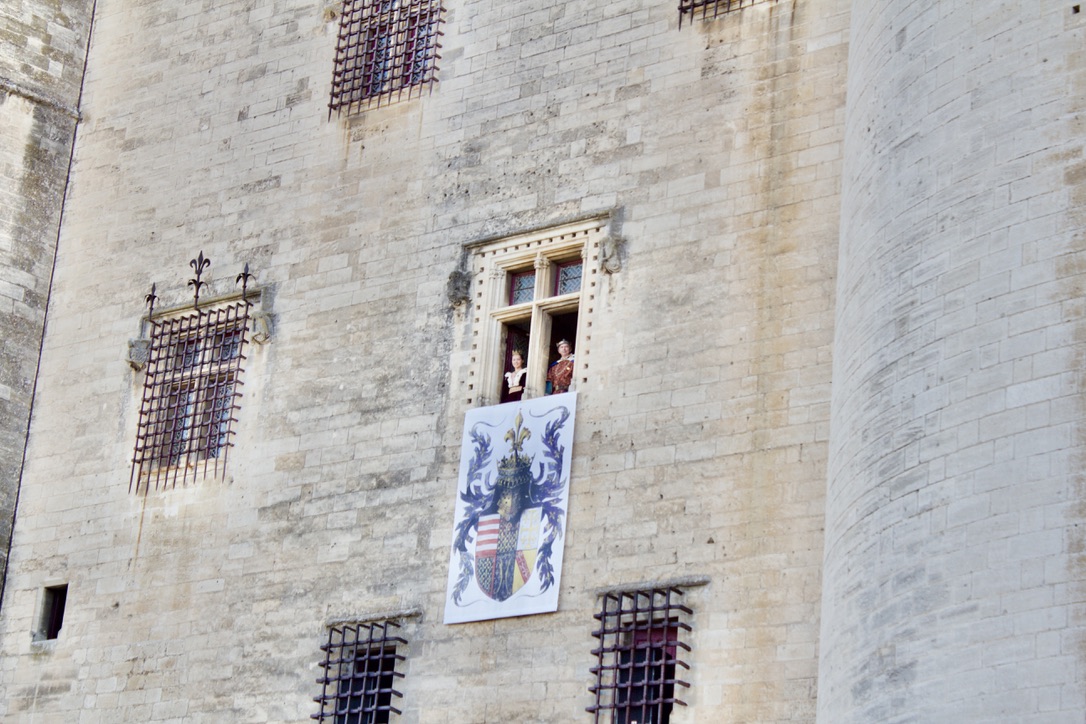
King René of Anjou, also known as "Le Bon", the last Anjou Prince to reign, is remembered as a great builder, artist and culture lover. Castle was founded at the time, when Tarascon constituted one of the main border towns of Provence. Built on the left bank of the Rhone, the castle of Tarascon was constructed as fortress starting from 1400 AD by Louis II of Anjou.
From 1447 to 1449, King René transformed the old fortress into a palace: sumptuous decorations realized during this period set the stage for the castle’s present state of elegance. The ornamentation of the courtyard dates from this period: loggia, niche statues, porches, arcade decorations, and a room known as "chantres".
Designed in the Renaissance and flamboyant Gothic styles, the castle measures 130 meters long by 36 wide and rests on a foundation of solid rock. It is divided into two parts: to the north, where the reception area is currently located, were the rooms for men-at-arms and a court. In this part of the castle, there is a display of 18th century pottery from the apothecary of the St Nicolas Hospital.
The princely residence is organized around the courtyard of honor common to the Renaissance period. The carved decorations of the church, representative of the flamboyant Gothic, reveals its Italian influences. Four staircases with about 136 steps each lead to terraces from which the view extends from the Ventoux to the sea. The thirty-three apartments contain beautiful artifacts. A Renaissance niche attributed to Laurana houses the busts of King René and his second wife, Jeanne de Laval. In the west wing, the coffered ceilings of the banquet hall and the King's living room are covered with rich pictorial decor.
Acquired by the State in 1932, this castle has been designated as an historic monument since 1840.
TARASCON: CULTURAL HERITAGE
The cultural heritage associated with Tarascon is represented by numerous works of art from the 16th through 19th centuries. These works are located mainly in the collegiate church of Sainte-Martha and in the town hall. Among the more than 30 works of art, 5 objects of the XVIth century, 14 objects of the 17th century (featuring authors Nicolas Mignard, Pierre Parrocel, and Annibal Carrache), 10 objects of the XVIIIth (featuring authors Jean-Baptiste Van Loo, Charles Van Loo, and Philippe Sauvan) will be found in the collegiate church of Sainte-Martha (Saint-Jacques church). Five objects from the 18th century and another 5 objects from the 19th century can be found in the town hall.
During the 17th and 18th centuries, the town flourished as evidenced by beautiful buildings that line the streets of the city center. In the 17th century, the town hall was built, with the Louis XIII façade decorated with a statue of St. Martha, saint patron of the city.
The large room known as the Salle des Consuls has retained its "French-style" coffered ceiling, its wall paneling and the seats of the Consuls which are original artifacts from the period. There are four, one for each representative: a craftsman, a clerk, a bourgeois, a noble.
Address of the town hall: Place du Marché, Tarascon
SOULÉÏADO MUSEUM - PROVENCAL FABRIC MUSEUM
The Souléïado Museum contains the collection of fabric and Provençal costumes.
Address: the hotel d'Aiminy
HÔTEL DES MONNAIES
The construction of the Hotel des Monnaies was created in two styles of architecture: Gothic and Renaissance. Coinage was struck here from 1387 to 1520.
Address: 28 Rue des Halles, Tarascon
MUNICIPAL THEATER
The municipal theater was designed in the Italian neo-Baroque style. The scene was set in the apse of the old Dominican church. It was during the second half of the 15th century that the Dominicans settled in Tarascon. They received the Chapelle Saint-Jean, which they transformed into a very beautiful church, consecrated in 1499. In 1825, the Commune, with the consent of Charles X., bought the church to convert it into a theater for the performing arts. The building was rebuilt in 1888 and, during renovation, the facade was completely made over. Its pediment represents a lyre supported by two angels, a work sculptor Jean Barnabé Amy, who hailed from the village of Tarascon. Restored in 1991 to its original style and equipped with modern technology, it now offers an eclectic array of performing arts programming.
TARTARIN OF TARASCON: A HERO OF IMAGINARY ADVENTURES
The mythical adventures of Tartarin have become known everywhere and helped to make the village of Tarascon world famous.
Alphonse Daudet's novel “Tartarin from Tarascon” tells the story of Tartarin, a brave lion hunter, who was a native son of this town in Provence.
Having dreamed of expeditions and hunting since his youth, Tartarin had left for Africa to realize his dream - to hunt the lion.
Returning from his journey, he told of extraordinary adventures he had not actually experienced … He triumphs, the people of his hometown were proud of their hero and glorified Tartarin forever ...
Boaster and braggart, this character seems to us sympathetic: his story, which is told with great passion, makes us believe that he is a real and actual hero.
Today, a bronze sculpture of Tartarin stands on the Louis Gonthier plot.
The house of Tartarin was built in 1985. It is located 55 bis boulevard Itam. This building is a reconstruction of the previous hero's house. In 2008, this structure became a private dwelling and therefore its premises are no longer open to the public.
WINE TASTING VISITS IN NEARBY TARASCON
Baux-de-Provence wines are designated as a Protected Designation of Origin since 1995.
With an area of about 350 ha, the appellation combined area extends over eight villages: Les Baux-de-Provence, Eygalières, Fontvieille, Maussane-les-Alpilles, Mouriès, Le Paradou, Saint Étienne du Grès and Saint-Remy-de-Provence.
The annual production of the appellation presents 9 000 hectoliters annually, of which 85% are engaged in organic farming. The Baux de Provence appellation is one of the warmest, most watered and productive AOP areas in Provence.
The soils of the appellation area of Baux de Provence are clay-limestone, gravelly sandy, clayey and stony.
The appellation Baux de Provence grape varieties are Grenache, Mourvèdre and Syrah, but also Cabernet Sauvignon, Cinsault, and Counoise.
Appellation Les Baux-de-Provence brings together 12 producers on the south and north sides of the Alpilles: Château d'Estoublon, Mas de la Dame, Mas Sainte Berthe, Château Dalmeran, Domaine de Lauzières, L'Affectif, Mas de Gourgonnier, Domaine de la Vallongue, Domaine de Terres Blanches, Château Romanin, Domaine Hauvette, Domaine Guilbert.





